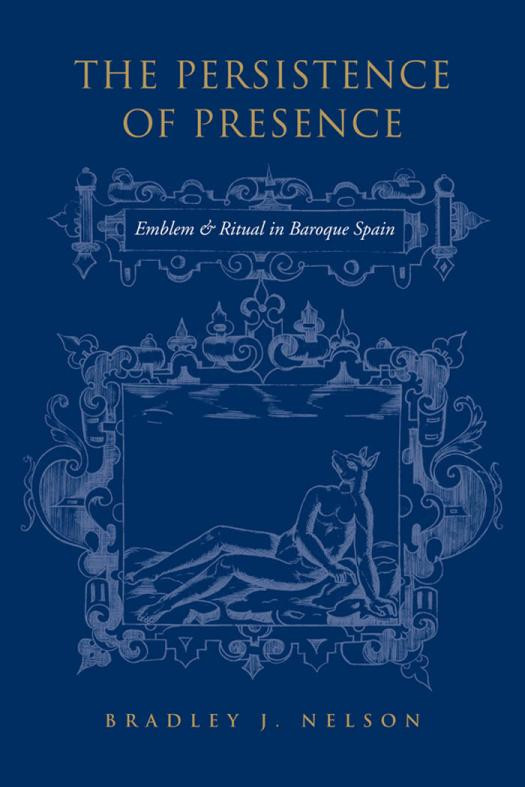

Most ebook files are in PDF format, so you can easily read them using various software such as Foxit Reader or directly on the Google Chrome browser.
Some ebook files are released by publishers in other formats such as .awz, .mobi, .epub, .fb2, etc. You may need to install specific software to read these formats on mobile/PC, such as Calibre.
Please read the tutorial at this link. https://ebooknice.com/page/post?id=faq
We offer FREE conversion to the popular formats you request; however, this may take some time. Therefore, right after payment, please email us, and we will try to provide the service as quickly as possible.
For some exceptional file formats or broken links (if any), please refrain from opening any disputes. Instead, email us first, and we will try to assist within a maximum of 6 hours.
EbookNice Team

Status:
Available4.5
24 reviews
ISBN 10: 1442660295
ISBN 13: 9781442660298
Author: Bradley J Nelson
The Persistence of Presence analyzes the relationship between emblem books, containing combinations of pictures and texts, and Spanish literature in the early modern period. As representations of ideas and ideals, emblems are allegories produced in a particular place and time, and their study can shed light on the central cultural and political activities of an era.
Bradley J. Nelson argues that the emblem was a primary indicator of the social and political functions of diverse literary practices in early modern Spain, from theatre to epic prose. Furthermore, the disintegration of a unified medieval world view left many seeking the kinds of deep knowledge that could be accessed through symbolic pictures, increasing their cultural significance. In this detailed examination of emblem books, sacred and secular theatre, and Cervantes' critique of baroque allegory in Los trabajos de Persiles y Sigismunda, Nelson connects the early history of emblematics with the drive towards cultural and political hegemony in Counter-Reformation Spain.
PART ONE: THE EMBLEM
1 Emblem Theory, Emblem Practice: A Consideration of Juan de Borja’s Resistance to Theory
Juan de Borja and ‘El arte nuevo de hacer emblemas’
Meditative Confusion and the Ritualistic Resistance to the Material World
Conclusion
2 Anamorphosis and Theoretical Depth of Meaning: Juan de Horozco’s Emblemas morales
Questions of Methodology
History Framed: Anamorphosis and Other Tricks of the Perspectival Trade
Emblem as the Aesthetic Culmination of Literary and Artistic Mimesis
Conclusion: Unequal Modes of Reception
PART TWO: APPLIED EMBLEMATICS
3 Lope de Vega’s Emblematic Indios: The Discovery of America, or the End(s) of History
Image of the World; World of the Image
Emblems and Indios
Conclusion
4 From Hieroglyphic Presence to Representational Sign: The Auto Sacramental and the Ritual Colonizat
Ritual Practice, or the Modus Operandi of the Dramatic Mass
The State of Auto Criticism
Liturgy ‘Discovers’ the Market
Conclusion: The Motivation of Bias, Both Critical and Poetic
5 Calderón’s El alcalde de Zalamea: Pedro Crespo as Literary Subject
Fragments, Corpses, Emblems
Literary Practice in Modernity
Conclusion
PART THREE: BODIES AND SIGNS
6 A Ritual Practice for Modernity: Baltasar Gracián’s Organized Body of Taste
Corporeal Frames
The Organized Body of Taste
Conclusion
7 Bodies and Corpses, Voices and Silence: Grotesque Presence in Los trabajos de Persiles y Sigismund
Literary Fields and Emblematic Reception
Feliciana de la Voz (y Cuerpo): Grotesque Presence
Fortune and Occasion: Cervantes’ Reformation of Emblematics
Conclusion
Conclusion: Authorial Emblems
Notes
Works Cited
the persistence of yellow
the persistence project
persistence book
presence of the past pdf
the persistence of memory poem
the persistence of memory pdf
the persistence of
Tags: Bradley J Nelson, Persistence, Presence